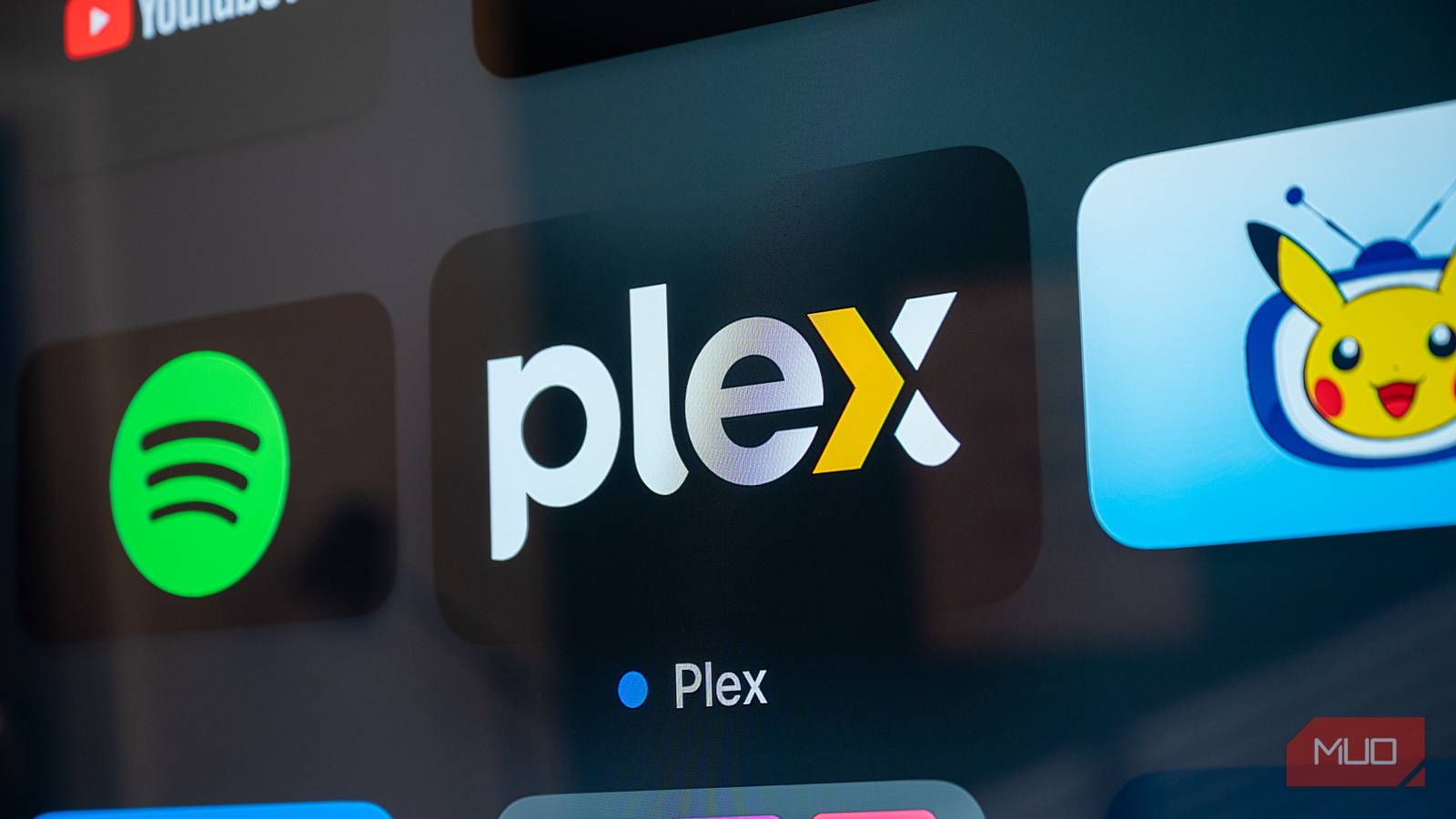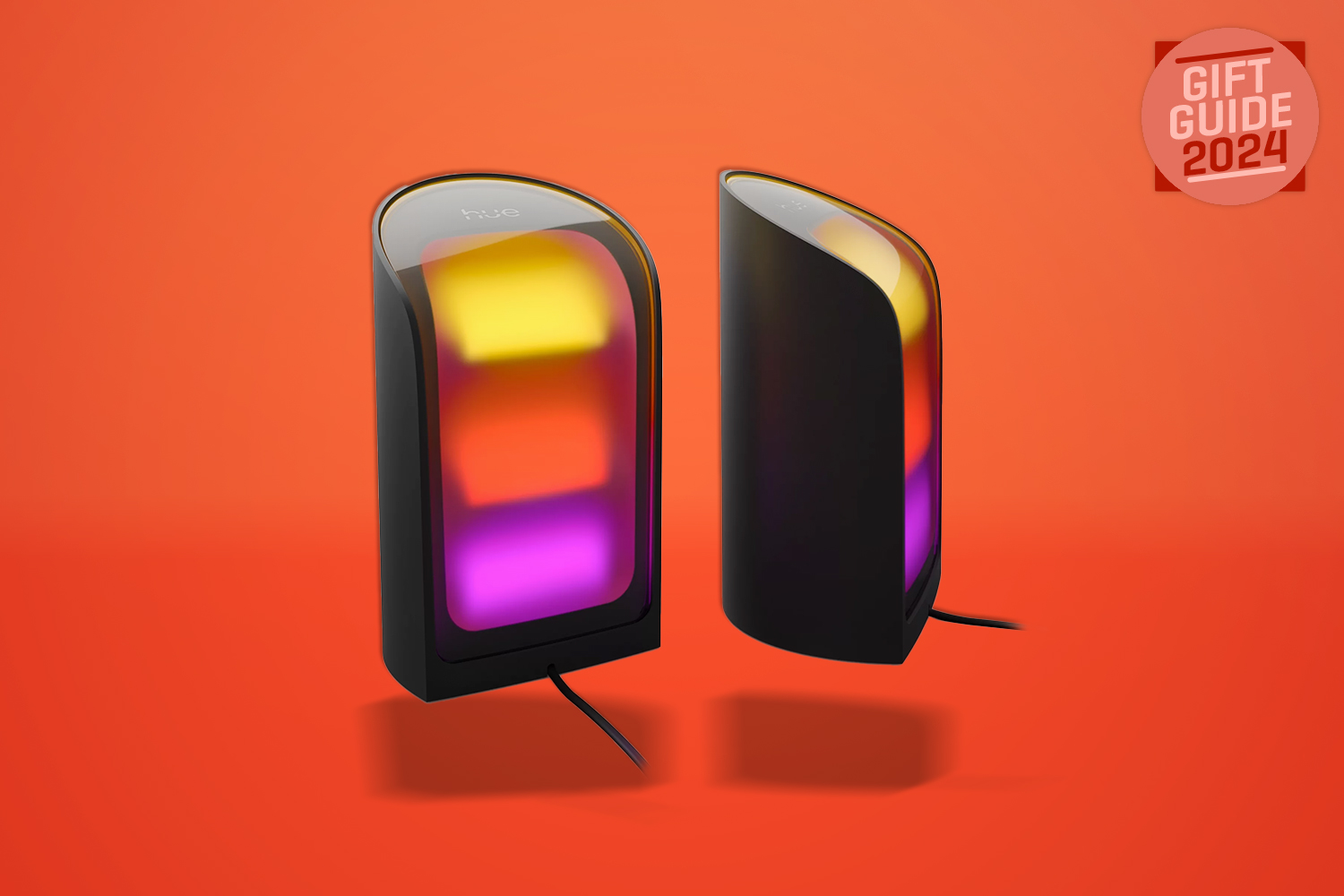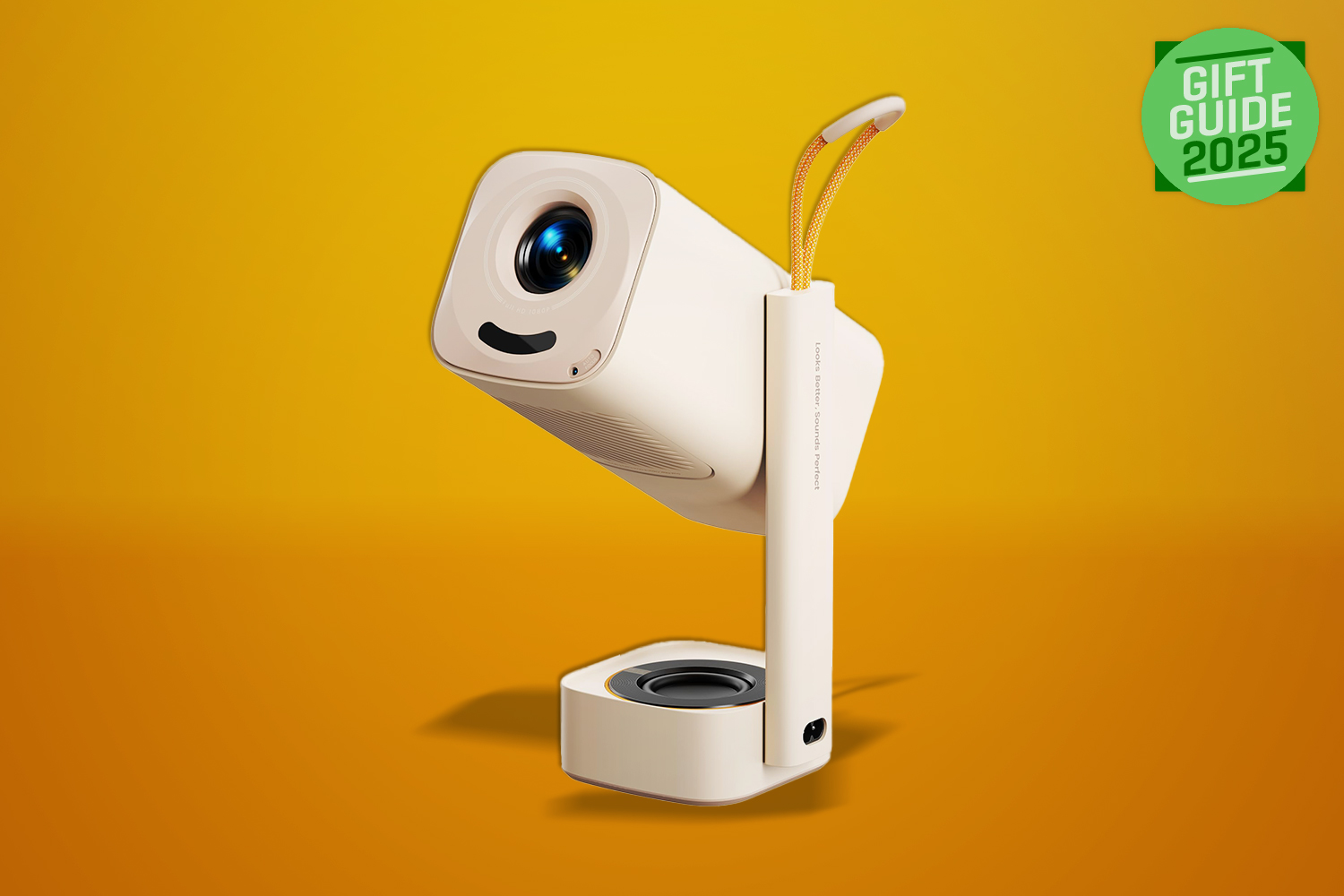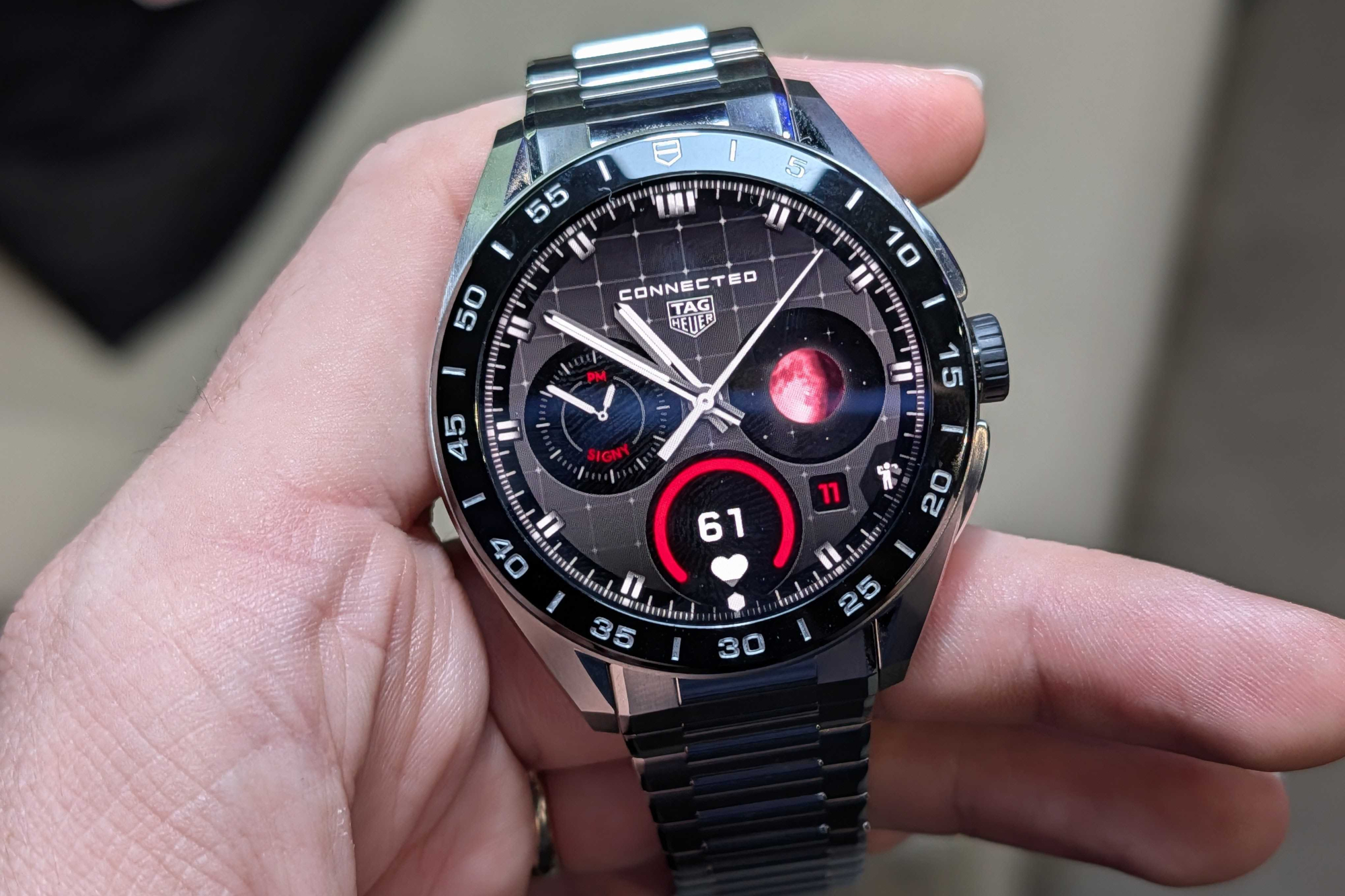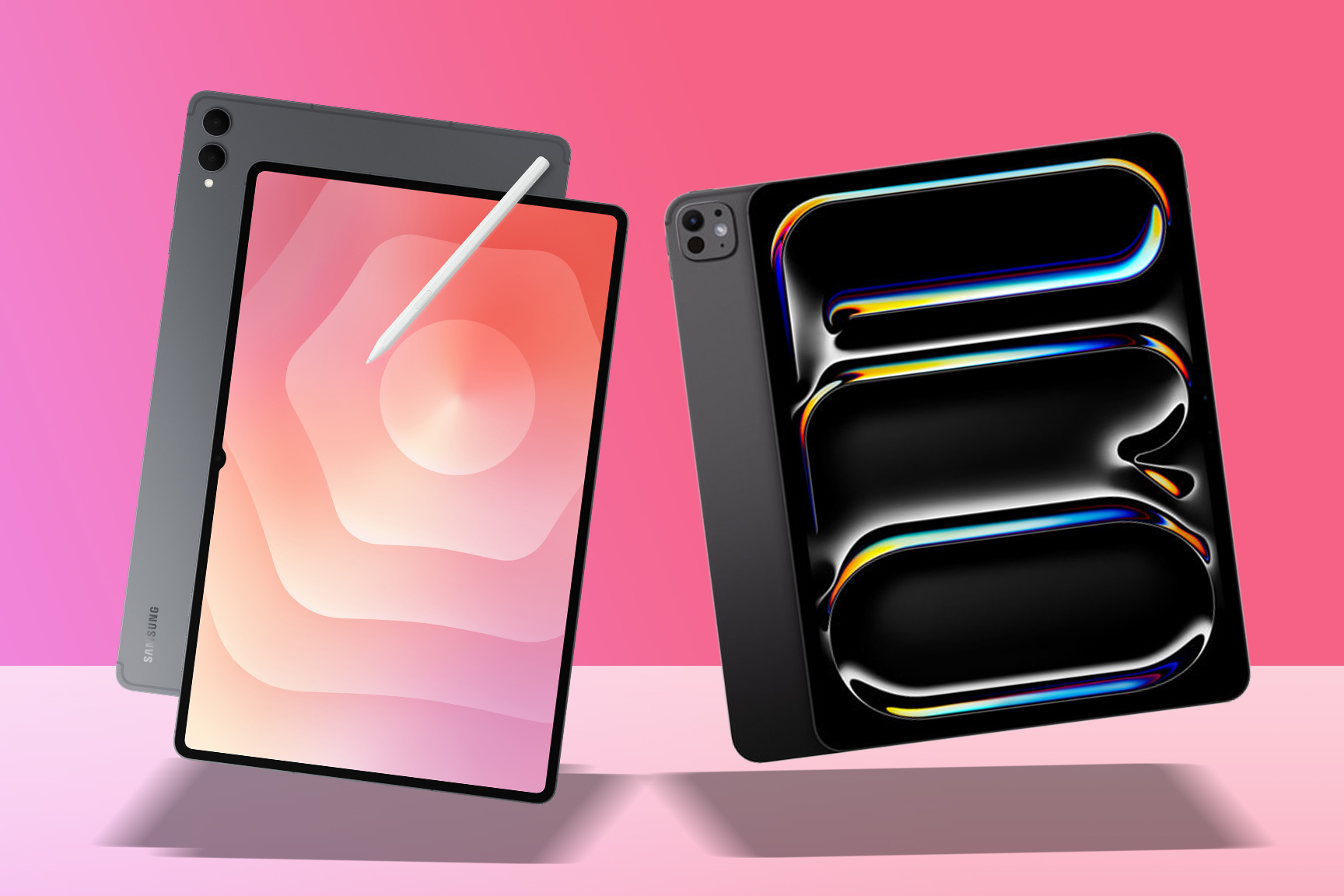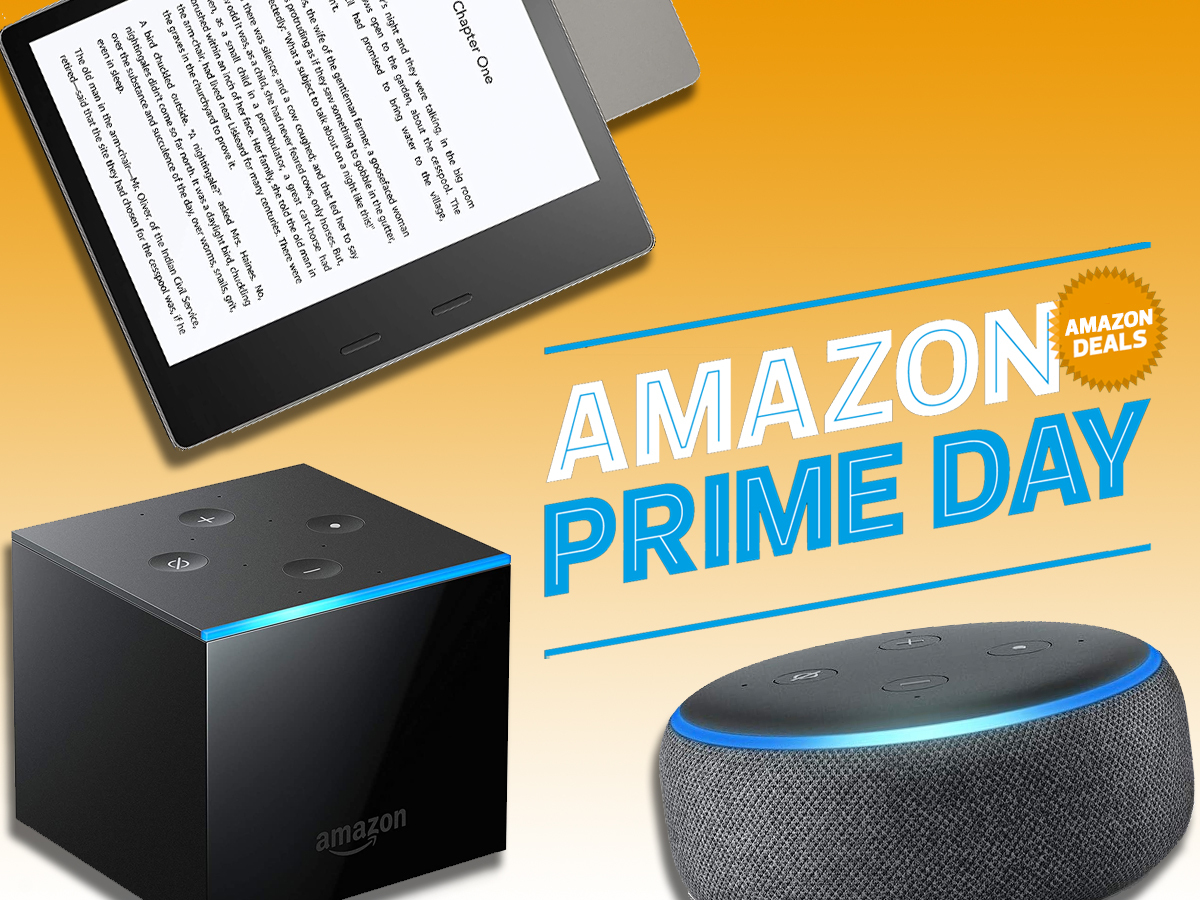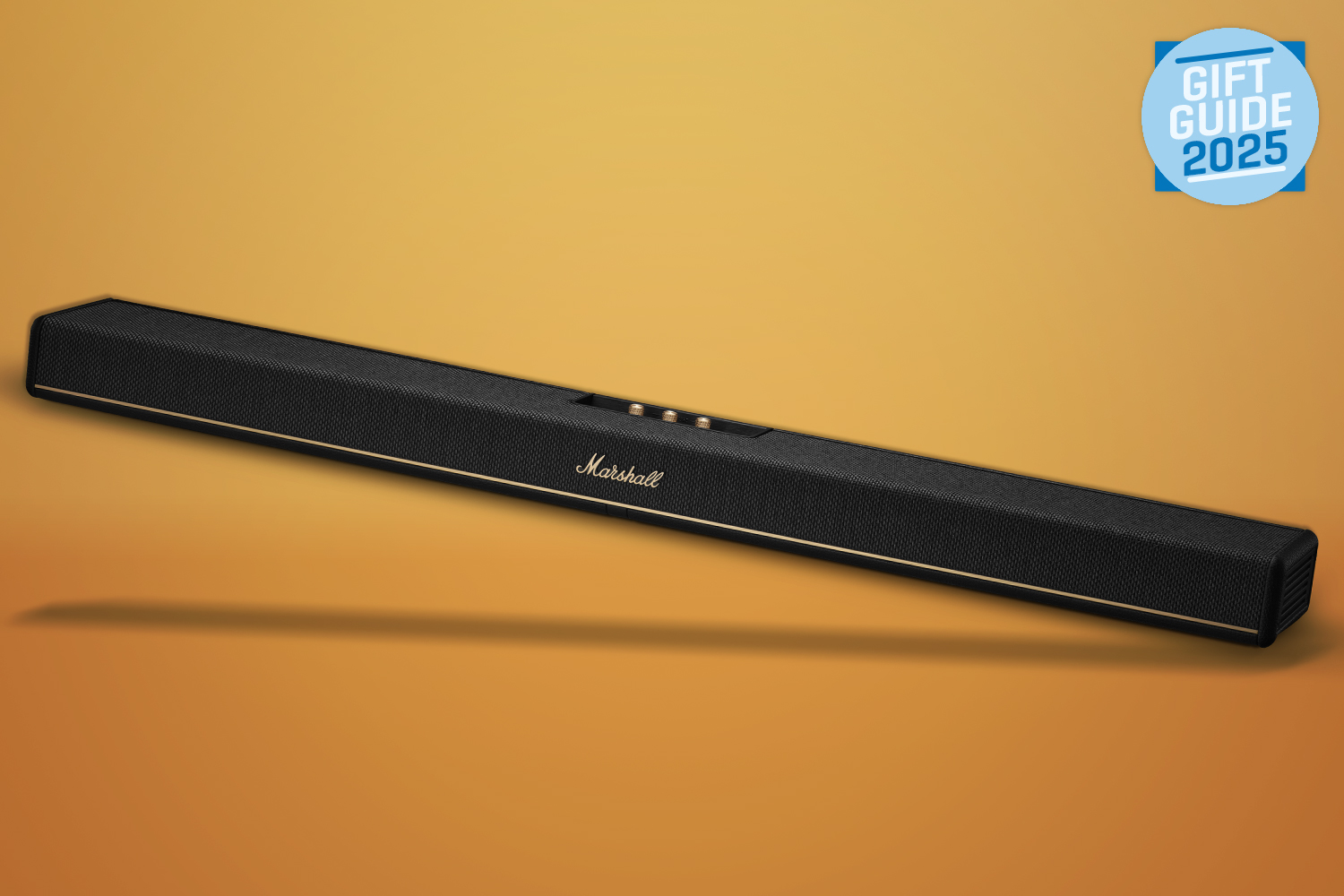The covers have officially been pulled off the new Pixel 10 series, and this year Google has plenty to shout about – like being the first big-name Android brand to finally, finally embrace Qi2 magnetic charging. There’s plenty more to get excited about, too. Rear cameras that aim to cement the Pixel among the best smartphones for photography; the brightest screens ever seen on a Pixel phone; and the latest, more expressive version of Material design sitting atop Android 16.
With three Pixel 10 handsets to pick from, the big question is which is the one that’s most worth your attention – and cash. The Pixel 10, Pixel 10 Pro and Pixel 10 Pro XL all stand out in their own ways, but until I get all three in for testing, this is purely a specs showdown. Here’s how the three devices compare.
Google Pixel 10 series price
The Pixel 10 range kicks off with the vanilla Pixel 10, which will retail for $799/£799 – exactly the same as last year’s Pixel 9. Google hasn’t increased prices at all this year, which will come as great news to cash-strapped phone fans. You get 128GB of on-board storage as standard here; expect to pay more for 256GB.
Stepping up to the Pixel 10 Pro will set you back $999/£999, again with a 128GB capacity. There’ll be a 256GB model if you need extra space for apps and content.
Finally, the Pixel 10 Pro XL starts at $1199/£1199 – quite the increase, but you do now get 256GB of storage as standard, which is worth thinking about if you were otherwise gravitating towards the larger capacity Pixel 10 Pro.
Design: generation game
Google has mostly stuck to the same design beats as the Pixel 9 series here; you don’t have to look too closely to spot the family resemblance. All three phones are rounded rectangles, with flat glass set into a flat-sided frame. The Pixel 9’s is made of ‘satin metal’ recycled aluminium, while the Pro and Pro XL get polished aluminium (also part-recycled). At the rear, they all have Google’s now signature oblong camera island stretched across their entire width.
The dimensions haven’t really changed to any notable degree: the Pixel 10 and Pixel 10 Pro’s screens still clock in at 6.3in diagonally, while the Pixel 10 Pro XL finds room for a 6.8in panel. Adding magnets for Qi2 charging hasn’t added much in terms of weight, either.
| Dimensions | Weight | |
| Google Pixel 10 | 153x72x8.6mm / 6.0×2.8×0.3in | 204g / 7.2oz |
| Google Pixel 10 Pro XL | 153x72x8.6mm / 6.0×2.8×0.3in | 207g / 7.3oz |
| Google Pixel 10 Pro XL | 163x77x8.5mm / 6.4×3.0×0.3in | 232g / 8.2oz |
This year’s Pixel colour palette is a mix of old and new. The Pixel 10 will get Obsidian, Frost, Lemongrass and Indigo hues, the latter being a nod to the original Pixel; the Pixel 10 Pro and XL will arrive in Obsidian, Porcelain, Jade and Moonstone shades.
Screen & sound: shine on
This year’s Pixel phones are taking baby steps on the screen side, but given the last-gen phones were very easy on the eyes, that’s not exactly a bad thing. All three are protected by Gorilla Glass Victus 2 glass, and use Google’s Actua Display tech. That means OLED panels all round.
There’s still a clear hierarchy, with the vanilla Pixel 10 sitting slightly beneath the Pixel 10 Pro on pixel count (2424×1080 vs 2856×1280) despite being an identical size. It’s still able to hit a 120Hz refresh rate for smooth scrolling, but doesn’t have LTPO variable refresh for maximum power savings. The Pixel 10 is able to hit a peak 3000 nits brightness, which is a good 10% more than the Pixel 9 could manage.
The Pixel 10 Pro and Pixel 10 Pro XL shine even brighter, promising 3300 nits. That should make them the better choice if you’re regularly outdoors or live in a sunny climate. Both have LTPO OLEDs which can manage 1-120Hz adaptive refresh.
Google also says it has overhauled the top speaker in all three phones, which should mean they’re louder, clearer, and with more prominent bass than before. Without testing there’s no way to declare a winner – if there even is one. It’s possible the entire range uses the same speaker units.
Performance & battery: five alive
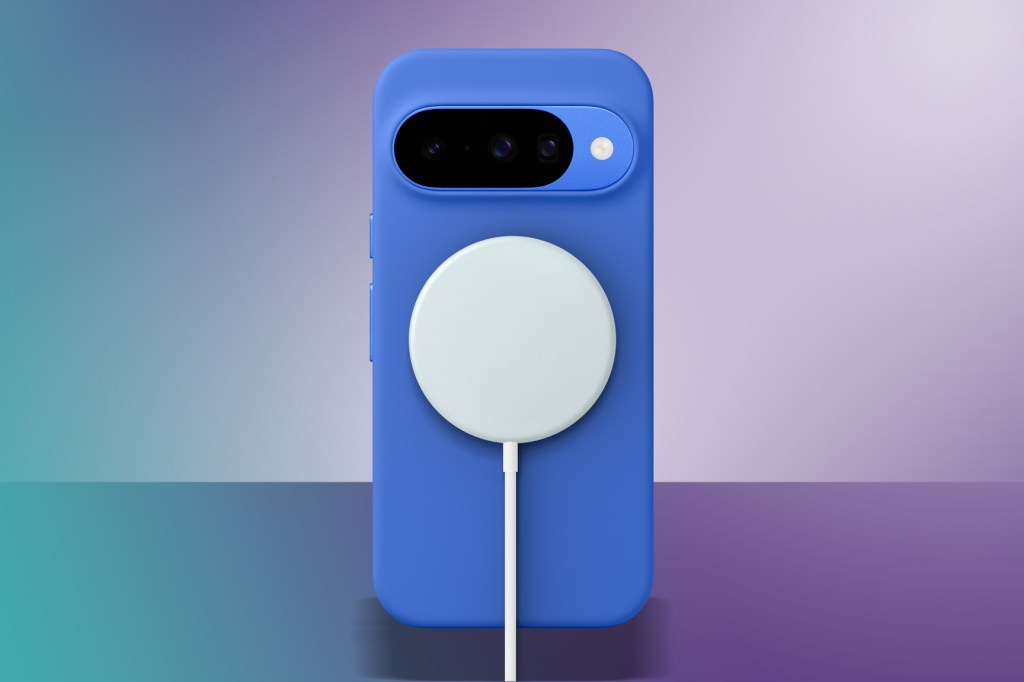
Every Pixel 10 phone is powered by a Tensor G5 chipset, designed in-house at Google. Manufacturing duties are being handled by TSMC, and the 3nm architecture should make it more efficient than last year’s Tensor G4 silicon. Google says the CPU cores are 34% faster than before and the TPU core is 60% faster at processing AI-based tasks. An upgraded image signal processor should also help give the camera a boost.
While the Pixel 10 comes with 12GB of RAM, the Pixel 10 Pro and Pro XL get 16GB, which should help them perform better with heavier duty workloads. The Pro XL should – in theory – be the quickest of the bunch, as it has the most room inside for chipset cooling.
Google doesn’t like talking about exact battery capacities, preferring to say its phones will last for 30+ hours between charges. A dig through the spec sheets reveals the Pixel 10 should have a 4970mAh battery and the Pixel 10 Pro a 4870mAh cell – a rise from last year’s models, which capped out at 4700mAh. The Pixel 10 Pro steps up to 5200mAh, again a modest increase from the Pixel 9 Pro XL’s 5060mAh battery.
The Pixel 10 and Pixel 10 Pro are able to charge at 30W over USB-C, while the Pixel 10 Pro XL supports 45W if you have a beefy enough power brick.
The most exciting new addition is Qi2 support. All three phones now have magnetic wireless charging, putting them on par with the iPhone’s MagSafe. They’ll each play nicely with Google’s Pixelsnap range of accessories, including wireless charging pads, stands and cases, but only the Pixel 10 Pro XL will have the more powerful 25W version; the other two phones will do 15W wirelessly instead.
Cameras: all about algorithms
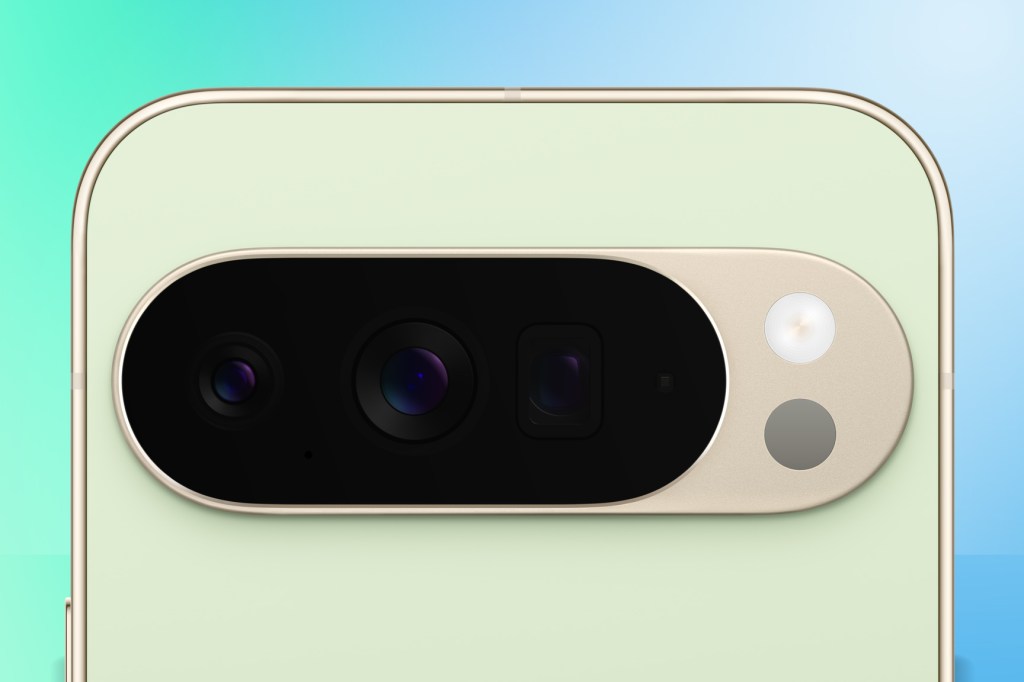

Google largely sticks with what it knows on the photography front for each new Pixel generation, preferring to tweak its software than overhaul its sensor selection. That said, the regular Pixel 10 does have one new addition: a 10.8MP telephoto lens with 5x optical zoom, and 20x Super Res magnification. This is on top of the 48MP main camera, which also doubles for macro close-ups, and a 13MP ultrawide lens.
The two Pro models have an identical rear trio, led by a 50MP wide-angle lens. The 48MP ultrawide is on macro duties here, and the 48MP telephoto promises 10x ‘optical quality’ magnification – which sounds like Google’s way of saying 5x optical zoom with some upscaling trickery on top. This can stretch all the way to 100x using a new Pro Res zoom mode, which uses artificial intelligence to upscale your snaps. Apparently there are stopgaps that prevent it being used on people.
Finally, Google is promising its ‘best Pixel selfie camera ever’ on the Pro models, which have 42MP sensors with f/2.2 aperture, dual pixel phase detect autofocus, and a 103-degree field of view. The vanilla Pixel 10 has a 10.5MP sensor, also with autofocus, but a narrow 95-degree FOV.
On the software side, a new Pixel Camera Coach will analyse your scene and suggest new angles or compositions to improve your photography game. The Best Take mode will kick in automatically for group shots now (if you let it) and all your pics get C2PA content credentials sewn into their metadata, proving they’re authentic and not AI-manipulated or photoshopped.
Google Pixel 10 vs Pixel 10 Pro vs Pixel 10 Pro XL early verdict
First impressions suggest the Pixel 10 Pro XL will remain the go-to phone for anyone wanting Google’s best hardware: the bigger screen, bigger battery, faster charging (both wired and wireless) and extra storage as standard should justify its premium pricing.
Based purely on the spec sheets, though, choosing between the Pixel 10 and Pixel 10 Pro could be harder. If there’s not a major difference in camera quality between the two, and the extra memory in the Pro doesn’t have much effect in daily use, it might be the regular Pixel that comes out on top. There’s a good chunk of change to be saved if so. It’ll be down to how good that satin metal build feels, and whether the screen – only slightly dimmer on paper – looks noticeably worse in the real world.


